Blood donations aren’t just for Christmas
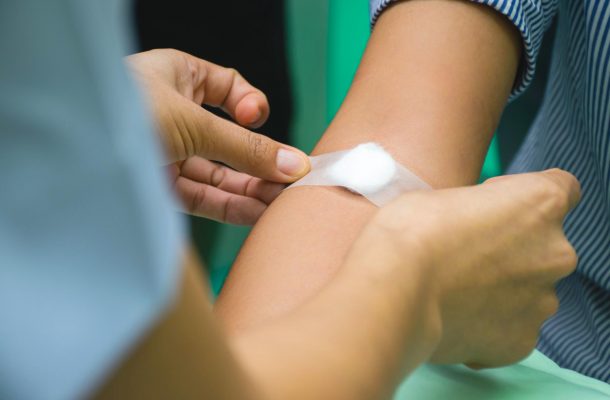
Each year, the Red Cross campaigns for thousands of donors to replenish supplies over the busy Christmas and New Year period. In 2018, the Red Cross appealed for 4,500 extra donors to come forward.
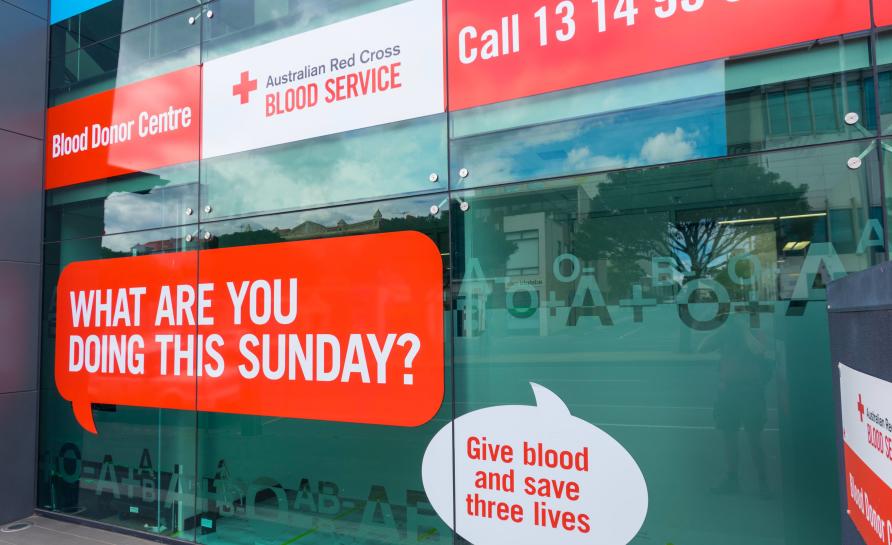
After an initial flood of blood donations, there may be a period of shortages over holiday periods.
The holiday season poses two problems for blood services.
On the one hand, blood supply declines – with people on holiday and busy with Christmas shopping, blood donation becomes less of a priority.
On the other hand, demand for blood stays the same, or even goes up. With more people on their way to or from celebrations, there are sometimes more road accidents at this time of year.
People with conditions like cancer, leukaemia, haemophilia and bleeding disorders always need blood components.
Cancer patients continue their treatment through the holidays, and babies continue to be born, with some newborns and mums requiring life-saving blood transfusions.
But there is a complication with these urgent calls for blood. Donors can’t give whole blood again for up to three months after they donate. And blood perishes.
This can mean that even with initial flood of donations, a shortage may continue for a longer period.
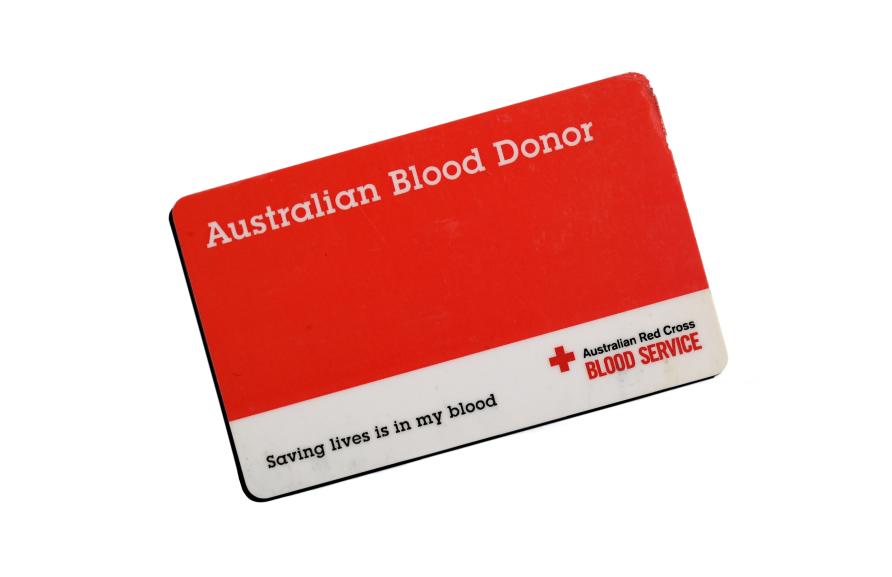
Donors can’t give whole blood again for up to three months after they donate.
And my research shows that this can result in an imbalance in the blood supply-demand chain, reduced resilience of the supply chain, restrictions in fulfilling hospital orders and stress on high-demand blood types such as O negative.
It’s the same effect we’ve seen during catastrophic events, like the recent devastating bushfires in New South Wales and Queensland, which saw the Red Cross call for more donors.
Where does all the blood go?
Blood is perishable and can’t be artificially manufactured, so it has to be collected continuously.
The Australian Blood Service, which is run by the Red Cross, usually collects 29,000 blood donations each week.
Australia supplies some of the safest blood in the world, and it’s used to create a number of different products including whole blood, plasma or platelets.
In the lab, whole blood donations can be separated into red blood cells, plasma and platelets. When plasma or platelets are collected, they are separated from blood cells and the rest of the blood is returned to the donor.
But each element of that donation is used for a different purpose.
Red blood cells are given to those who have lost blood during trauma such as a car accident, surgery, childbirth complications, as well as patients who have heart disease, stomach disease, kidney disease and liver disease.
Red blood cells can also help people with cancer and those with blood diseases like thalassemia.
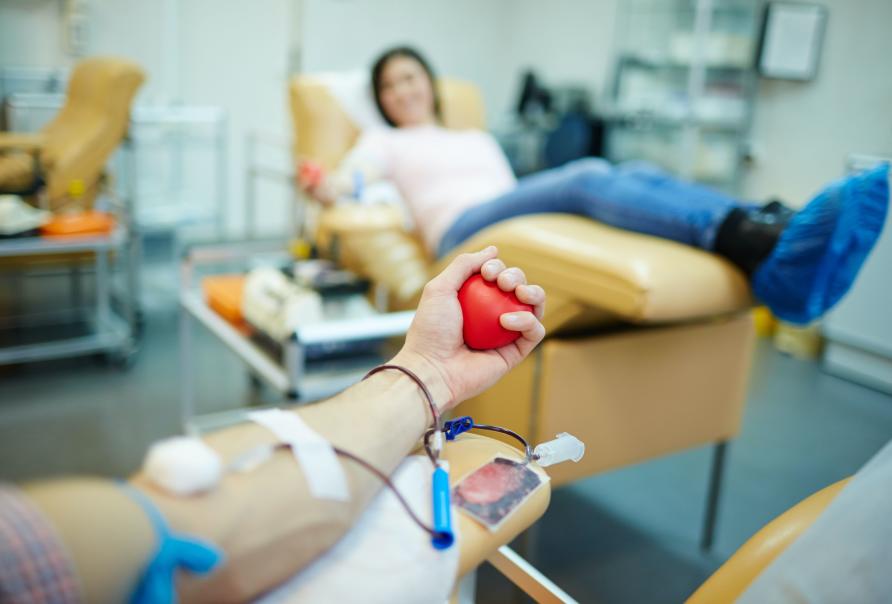
Whole blood donations can be separated into red blood cells, plasma and platelets.
Platelets are the component of blood responsible for blood clotting. Platelets are given to prevent internal bleeding for people who are being treated for leukaemia, severe haemorrhage, liver disease, trauma and surgery. Platelets are also needed for people who have a low platelet count as a result of cancer treatment.
Finally, plasma is used in 18 life-giving ways to treat people with burns, cancer, brain and nerve diseases and more.
Plasma can be donated every two weeks while platelets can be given every two to four weeks, but for whole blood in Australia there is an 84-day lock-out period.
All this donated blood can only be stockpiled for a limited time. Whole blood can be stored for 21 days, but platelets only last for five days.
Bear in mind that to make a single bag of platelets, four people need to donate. And platelet supply is particularly at risk during the holiday season as it requires constant donation.
Who answers the call?
After an emergency call, a lot of people come forward to donate blood for the first time.

Whole blood can be stored for 21 days, but platelets only last for five days.
But, at ordinary times, Australia’s blood supply heavily relies on repeat donors.
According to the Red Cross, one in three Australians will need blood or blood products in their lifetime, but only one in 30 Australians donate blood every year.
In fact, in 2017, only 2.4 per cent of the age-eligible people donated blood. In the same year the Red Cross collected 1.32 million donations, with 93 per cent from repeat donors, while the first‑time blood donors supplied 6.9 per cent (around 90,000) of the total donations.
Among different blood types, O-negative is in high demand as it can be safely given to any patients irrespective of their blood type, making it vital in trauma surgeries and transfusions.
But that’s a challenge as only 9 per cent of Australians have O-negative blood type.
What can you do?
The aim of our research is to help blood services or blood appeal campaigns to design collection policies in order to help prevent shortages. And public awareness is critical to this.
So, what can you do if you see an urgent call for blood?
If you’ve never donated blood before, donate. Urgent blood campaigns are a perfect time to sign up.
Crucially, remember that donors are needed in the days and weeks after urgent calls, not just at the time, so try to donate blood again at least once after your lockout period.
If you’re a repeat donor, make sure you register for you next appointment soon after your lockout period.
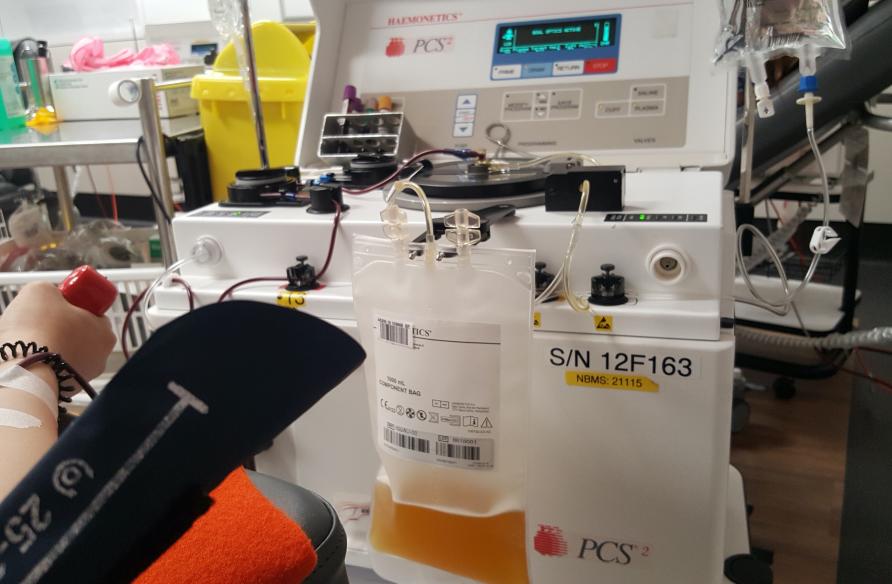
Plasma is separated from blood cells and the rest of the blood is returned to the donor.
More broadly, blood services can use models to forecast shortfalls before and after disasters. This enables blood services to use collected blood for treating the affected people, as well as managing demands for the upcoming weeks.
Whether you’re planning a holiday or shopping for presents, think about including a stop at the blood bank this festive season, and beyond.
This article was published by Pursuit.
Dr. Zahra Hosseinifard is Lecturer of Operations Management in the Department of Management and Marketing at the University of Melbourne. Her research interests include supply chain contracts, and stochastic decision modelling.














